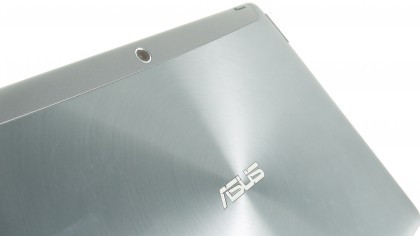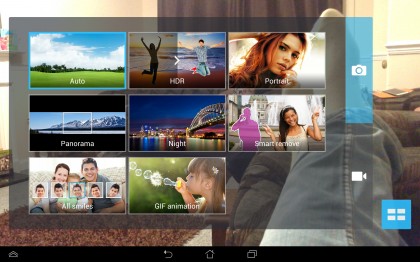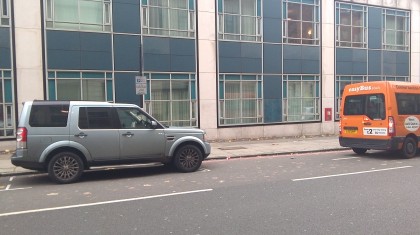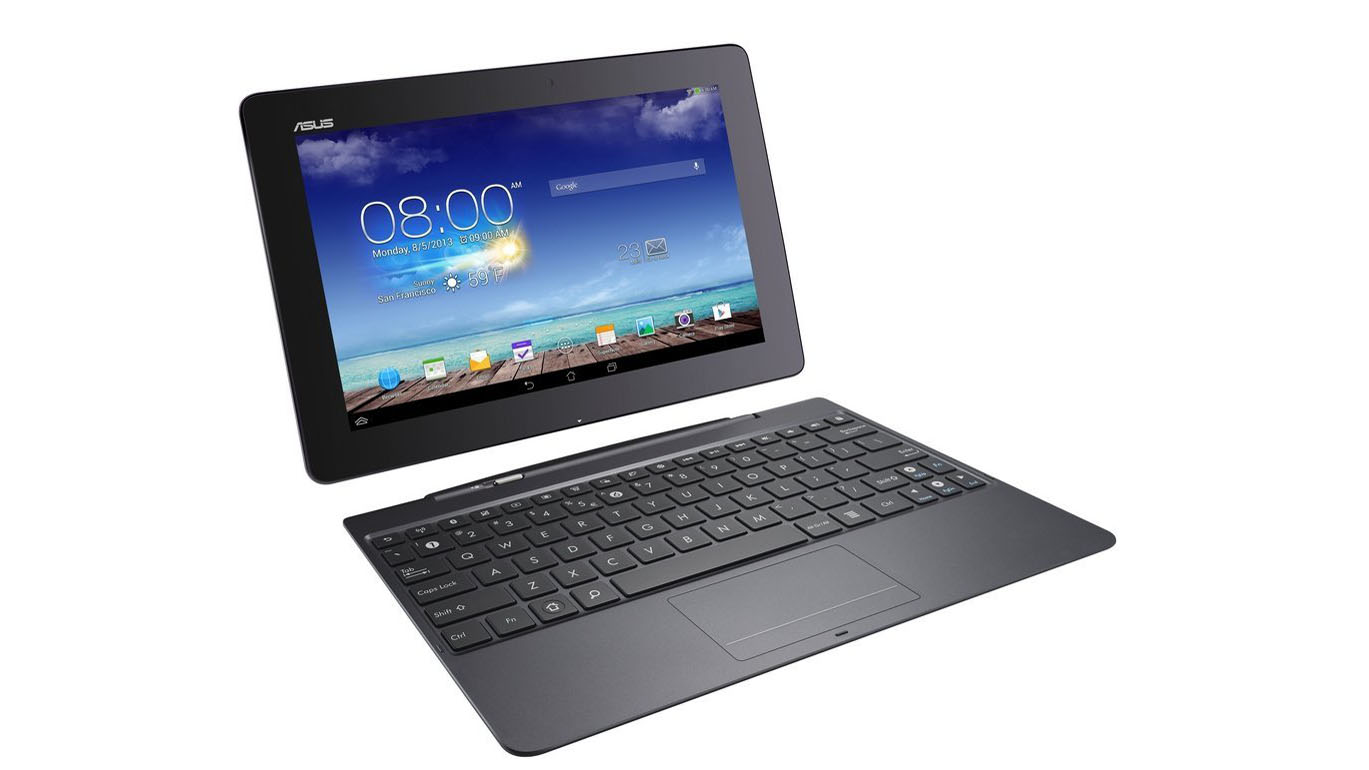Why you can trust TechRadar
The Asus Transformer Pad comes equipped with two cameras, a 5MP sensor on the rear and a 1.2MP sensor on the front.
Of the two, the second is a lot more interesting as it should be the one that gets a lot more use. Its positioning is perfect for making video calls whilst the tablet is docked. I can't get why it isn't the default positioning for front cameras, as it makes video chatting a lot easier.

For taking photographs, the front sensor feels a little lacking despite the 1,200,000 pixels that sensor contains. This is highlighted when using the inbuilt mirror app, an app that turns on the front camera but doesn't allow for photography.
I'd never recommend the rear sensor on a tablet for any kind of photography, merely because holding one up seems very clunky and the massive screen not only draws a lot of attention, but blocks the views of others at a concert or show. I don't imagine many using the rear sensor for that though, as the image quality is less than stellar.
Asus don't add a whole lot of extras onto the camera app that I haven't seen before. The typical white balance and exposure levels can be adjusted, and sepia, negative, and black and white filters can be applied.

More interesting are the camera modes, allowing for HDR, portrait, night, all smiles and panorama photography. It also allows for removal of objects and creation of GIFs. The first of those takes five photos and then removes an object that it detects moving.
In my tests, the Transformer Pad wasn't able to discover the right image in the same way that Zoe on the HTC One did.
I can't say I was too disheartened by this though, because I don't see the Transformer Pad ever replacing a compact camera or smartphone. It was designed to view media, not create it.

Click here for full resolution image

Click here for full resolution image

Click here for full resolution image

